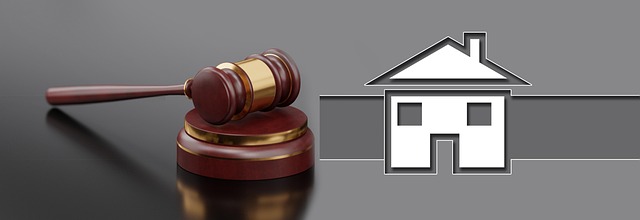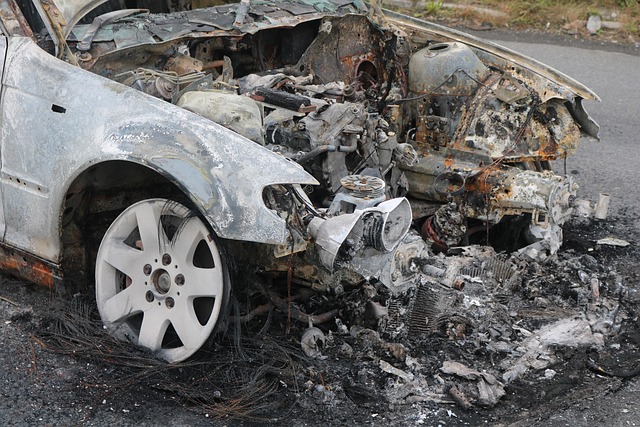Dog bite premises liability holds property owners accountable for aggressive animal bites on their properties, focusing on negligence regarding dangerous conditions. Legal professionals navigate complexities to protect victims' rights, using evidence like witness statements and expert opinions to prove liability. Property owners can mitigate risks through best practices, including regular policy updates, staff training, and inspections, significantly reducing the chance of dog bite injuries.
In the realm of dog bite premises liability, understanding the law and presenting compelling evidence are pivotal to securing justice. Dog bites can cause severe injuries and emotional trauma, leading to legal claims against property owners. This article delves into the intricate aspects of dog bite premises liability from a legal perspective, highlighting the crucial role of evidence in proving negligence and establishing liability. Additionally, it offers best practices for property owners to prevent and mitigate risks, ensuring safer environments.
- Understanding Dog Bite Premises Liability: A Legal Perspective
- The Role of Evidence in Proving Negligence and Liability
- Best Practices for Property Owners to Prevent and Mitigate Risks
Understanding Dog Bite Premises Liability: A Legal Perspective

Dog bite premises liability is a legal concept that holds property owners and managers accountable for dog bites that occur on their premises. This area of law recognizes that individuals have a right to be free from harm caused by dangerous conditions, including aggressive animals. When a dog owned or harbored by a property owner attacks and injures someone, legal actions can be taken to seek compensation for the victim’s injuries and associated damages.
From a legal perspective, establishing liability in dog bite cases often involves proving several key elements. This includes demonstrating that the defendant had knowledge of the dog’s dangerous propensities, failed to take reasonable precautions to protect potential victims, and that their negligence directly resulted in the bite incident. Legal professionals specializing in premises liability play a crucial role in navigating these complex issues, ensuring that victims’ rights are protected and that justice is served, especially when considering cases involving auto accident injuries or other harm caused by dangerous conditions on someone’s property, including fiduciary duty breaches related to animal control policies.
The Role of Evidence in Proving Negligence and Liability

In dog bite premises liability cases, evidence plays a pivotal role in proving negligence and establishing liability. To win such legal battles, victims must gather comprehensive documentation that outlines the events leading up to the incident, including witness statements, medical records detailing injuries sustained, and expert opinions on the dog’s behavior and owner’s potential negligence. These pieces of evidence are crucial in constructing a compelling case, as they help demonstrate that the property owner or manager failed to exercise reasonable care in preventing the bite.
A competent personal injury lawyer specializing in dog bite cases will leverage these types of evidence to argue that the property owner had actual or constructive knowledge of the dog’s dangerous propensities and either neglected to take appropriate measures or actively ignored warning signs. This evidence is critical not only for winning compensation for medical expenses, pain and suffering, but also for sending a clear message that nursing home abuse, auto accident injuries, and other forms of negligence will not be tolerated.
Best Practices for Property Owners to Prevent and Mitigate Risks

To mitigate risks associated with dog bite premises liability, property owners should adopt best practices that foster a safe environment. Regularly updating and enforcing pet policies is paramount, ensuring clear rules and consequences for potential violators. This includes promptly addressing any known or reported aggressive behavior from pets on the premises, as well as implementing leash laws where applicable.
Moreover, property owners must maintain thorough records of all dog-related incidents, including vaccinations and licensing details. Regular inspections and maintenance of fencing and gates can prevent unauthorized access, while providing proper training for staff, especially in high-risk areas like nursing homes or public spaces, can significantly reduce the likelihood of serious injuries from dog bites.
In concluding, the evidence plays a pivotal role in establishing dog bite premises liability. By understanding the legal framework and employing best practices for risk prevention, property owners can mitigate potential liabilities. The robust presentation of evidence is essential to proving negligence, ensuring just outcomes, and fostering safer environments for all. Dog bite premises liability is not just about legal obligations but also about taking proactive steps to protect visitors and tenants from avoidable hazards.






